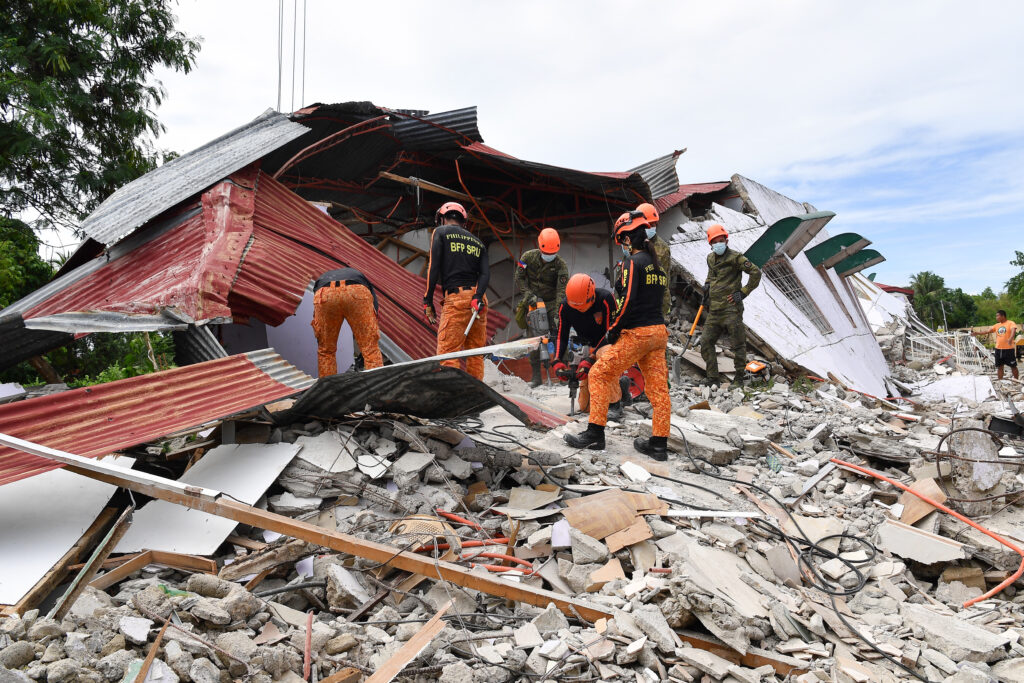
Introduction
On March 15, 2023, a strong earthquake struck the Philippines, registering a magnitude of 6.8 on the Richter scale. This seismic event has drawn attention due to the Philippines’ position in the Pacific Ring of Fire, making it prone to earthquakes. Understanding the implications of this event is crucial for residents and those following the developments in the region.
Details of the Earthquake
The earthquake occurred at approximately 2:30 PM local time, with an epicenter located off the coast of Mindanao, about 50 kilometers from the city of General Santos. The Philippine Institute of Volcanology and Seismology (PHIVOLCS) reported that the tremor was felt across several regions, including Davao and Cotabato. Reports of strong shaking prompted many to evacuate buildings and seek safety.
Impact and Response
As of the latest reports, preliminary assessments indicate minor infrastructure damage in several areas, with localized power outages occurring in Mindanao. The National Disaster Risk Reduction and Management Council (NDRRMC) has mobilized local responders to evaluate the situation and provide necessary assistance. Medical teams have been dispatched to hospitals in affected regions to prepare for potential injuries.
Panic ensued in commercial areas as shoppers rushed out of stores during the shaking. Fortunately, there have been no immediate reports of casualties, but officials urge residents to remain vigilant for aftershocks. Education institutions in the region have temporarily suspended classes as a precautionary measure.
Preparedness Measures
The Philippines experiences multiple earthquakes each year due to its geographic location. The government encourages residents to participate in regular earthquake drills and ensure their homes are equipped with emergency kits containing food, water, and first aid supplies. With this earthquake serving as a reminder, local authorities stress the importance of being prepared for potential future seismic events.
Conclusion
The earthquake today serves as a stark reminder of the natural hazards faced by the Philippines. While the immediate response is underway, monitoring the aftershocks and infrastructure assessments will be crucial in the coming days. Residents are encouraged to stay alert and heed guidelines from local authorities as the region recovers from this natural disaster. Continued education on earthquake preparedness could ultimately save lives and reduce injuries in future events.



